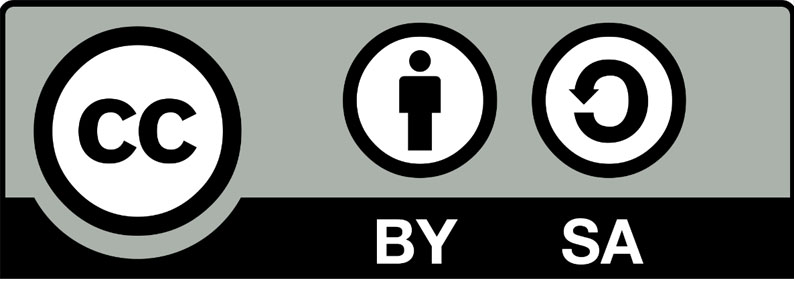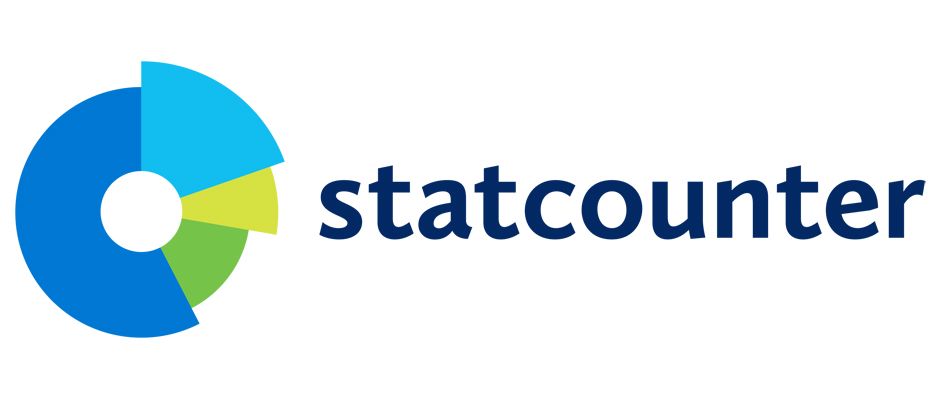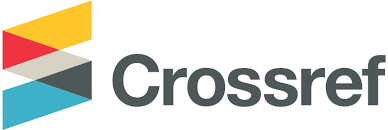Author Guidelines
Journal of Architecture & Environment (JoAE) is a peer-reviewed scientific journal that promotes scholarly research and critical discourse in the fields of architecture and the human-environment.
Submission Process
All submissions must be made through the JoAE Online Submission System. Authors must register and log in as an author to begin the five-step submission process. If technical issues arise, contact the Editorial Team at JoAE@its.ac.id.
How to submit your article:
- For a new user, please create an account.
- Log in to your account.
- Prepare your manuscript. Guidelines on how to prepare your manuscript can be read in the template document.
Initial Assessment by Editorial Team
Before entering the peer-review process, all submitted manuscripts will undergo an initial assessment by the editorial team to ensure compliance with the journal’s basic requirements:
- Originality
Manuscripts must be original, previously unpublished, and not under review elsewhere. - Similarity Check
A plagiarism screening using Turnitin will be conducted. Manuscripts must show a similarity index not exceeding 15%. - Scope Compliance
Submissions must align with the aims and scope of JoAE. - AI Tools and Authorship
Tools such as ChatGPT or other large language models (LLMs) do not meet authorship criteria and therefore cannot be listed as authors. While AI tools may assist in the writing process, they are not capable of taking responsibility for the content they generate.
Authors are fully responsible for the originality, validity, and integrity of their manuscripts, including any parts generated or assisted by AI tools. In line with the Committee on Publication Ethics (COPE) guidelines, any use of AI technology must be transparently disclosed:
In the Acknowledgements section, authors must state which AI tools were used.
In the Materials and Methods section, authors must explain how these tools were used in the research or writing process.
Authors remain fully accountable for any breaches of publication ethics, regardless of AI involvement. - Language and Grammar
Manuscripts submitted to JoAE must be written in clear, academic English. Authors whose first language is not English are strongly encouraged to have their manuscripts reviewed by a professional or grammar-checking application prior to submission. - Template Adherence
Manuscripts must be a minimum of 4,000 words and must fully adhere to the official JoAE article template, available on the journal website.
Submissions that do not meet these criteria will be returned to the author without external review.
Preparation of Manuscripts
Manuscripts must follow the JoAE article template, available on the journal website. Submissions not adhering to the template may be returned for revision.
General Organization of Paper
Submissions must be in Microsoft Word (.doc or .docx) format and follow the provided manuscript template. Authors must not change or rename the section headings in the manuscript. Please follow the standardized structure strictly.
Starting from Volume 25, JoAE will implement an updated manuscript template that uses A4 paper size. Authors are required to use this new template for all submissions from that volume onward. The updated template can be downloaded from the journal website.
The manuscript should be organized as follows:
- Title
- Authors name & affiliation
- Abstract
- Keywords
- Introduction
- Theory / Research Methods
- Results and Discussion
- Conclusions
- Acknowledgement (If any)
- References
Paper Title
This information should be placed at the top of the first page in 14-point, Times New Roman in title case with left-aligned text. The title should be written in all capital letters, without bold formatting (e.g. TITLE OF THE PAPER). It must not be phrased as a question and should be clear, focused, substantive, and significant in representing the content of the article.
Authors Name and Affiliations
Author names should be listed using 12-point, Times New Roman, left-aligned text. Use the full name for author(s), e.g. Johan Silas. Each author must include their affiliation, which should include the department (if applicable), faculty or college, university, city, state/province (if any), and country. Author affiliations should be written in 11-point, Times New Roman, left-aligned under the author’s names. If email addresses are provided, ensure that hyperlinks are removed (plain text only).
For manuscripts with multiple authors, list each name under the title and use superscript numbers (e.g., ¹, ², ³) to indicate different affiliations. The affiliations should follow the same order as the author names and use matching superscript numbers for clarity. The corresponding author should be marked with an asterisk (*), and their email address should be written clearly below the list of affiliations, without a footnote.
Abstract and Keywords
Abstract should be written in English and contain a brief, clear statement of background, problems, objectives, methods and conclusion of the studies. It should not exceed 300 words and must appear before the introduction. The abstract text should be in 11-point Times New Roman, italic, justified, with single line spacing, and must not contain any citations.
Keywords must accurately represent the content of the article rather than using generic terms. They should preferably be written as phrases rather than single words.
Introduction
The Introduction must include a brief background of the study, followed by a clear overview of the current state of the art based on the latest literature. It is mandatory to present a gap analysis that highlights the limitations or missing elements in existing research. The novelty and contribution of the study must be clearly stated to demonstrate its originality and significance.
Theory / Research Methods
The Theory / Research Methods section must explain the theoretical framework underlying the study and its relevance to the research problem, demonstrating the meaningful connection between the chosen theory and the objectives of the research. This section should also justify the selection of research methods, clearly explaining why the chosen approach is appropriate, valid, and suitable for achieving the stated research objectives.
Results and Discussion
The Results and Discussion section must present the findings of the study accompanied by in-depth analysis and interpretation. Authors are required to compare their results with those of previous studies to highlight similarities, differences, and improvements. This section should clearly demonstrate how the findings support or contrast with existing literature and explain their implications. The discussion must also emphasize the significance and contribution of the results to the field of study.
Conclusions
The Conclusion must not be a summary or repetition of previous sections. Instead, it should present the key findings, theoretical contributions, models, or any new insights generated by the research. The conclusion must clearly articulate the scientific contribution of the study and suggest future directions or implications (what’s next), rather than including self-criticism or limitations. Citations are not allowed in this section.
Acknowledgement
Authors may include an Acknowledgment at the end of the paper. It should be placed after the final section and before the References.
References
References based on Harvard Reference Format 1 (Deprecated) and be managed with a reference manager software (e.g., Mendeley, EndNote, Zotero).
Place the reference list in a separate section at the end of the document as indicated in this format. Do not footnote references. Do not put figures or any other content after the reference list. Format the reference text in 11-point, Times New Roman, justified, with a 1 cm hanging indent. Reference should be written in its original language.
Quality and recency requirements:
- Primary sources ≥ 80% of the total references
- Recent sources (published within the last 10 years) ≥ 80% of the total references
- Prioritize reputable, indexed journals (e.g. Scopus, Web of Science, or SINTA) to ensure source quality
- Cite at least two (2) articles published in JoAE.
Notification (Editorial Decision and Revision Process)
Authors will be notified of the editorial decision following the completion of the peer-review process. If revisions are required, the editorial team will provide detailed comments from both editors and reviewers. Authors are required to submit:
- A revised version of the manuscript, and
- A response form addressing each reviewer/editor comment.
The response form will be provided by the editorial office via email, and both documents must be submitted through the OJS system by the specified deadline. All final editorial decisions, including minor copyediting and proofreading of accepted manuscripts, are the responsibility of the editorial team. These edits may be applied without prior consultation with the authors.
The standard review process at JoAE takes approximately up to 6 months, although some cases may require a longer duration depending on complexity and reviewer availability.









